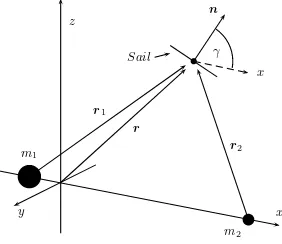New periodic orbits in the solar sail restricted three body problem
Full text
Figure




Related documents
In December 1991 industrial output in the European Com- munity (EUR12) showed no sign of recovery; on the contrary, it stagnated even in Germany, which as the largest Member
Extract from the analysis of variance output for the influence of the sward height of the succeeding patch in sequence on bites removed per patch in the first grazing session
In the semi-strong form test, the valuation effects of bonus stock issue announcements are found to react to share prices in a relatively short period.. Investors on average cannot
The last decade has shown that Neumann-Neumann type algorithms, FETI, and BDDC methods are very efficient domain decomposition methods.. Most of the early theoretical and numerical
We have shown that, for Maxwell’s equations, a classical Schwarz algorithm using characteristic Dirichlet transmission conditions between sub- domains has the same convergence
Despite evidence of poor service provision for people with learning disabilities in the UK (e.g. DRC, 2006; Sloan, 2001), very little use has been made of Part III (Goods,
The results are clearer in Figure 4, which shows how the average applied field required to initiate flashover varied over five surface flashover events for type III
This method yields good results in axisymmetric contractions with high contraction ratios, since the pressure drop upstream of the contraction due to fully developed flow as well as